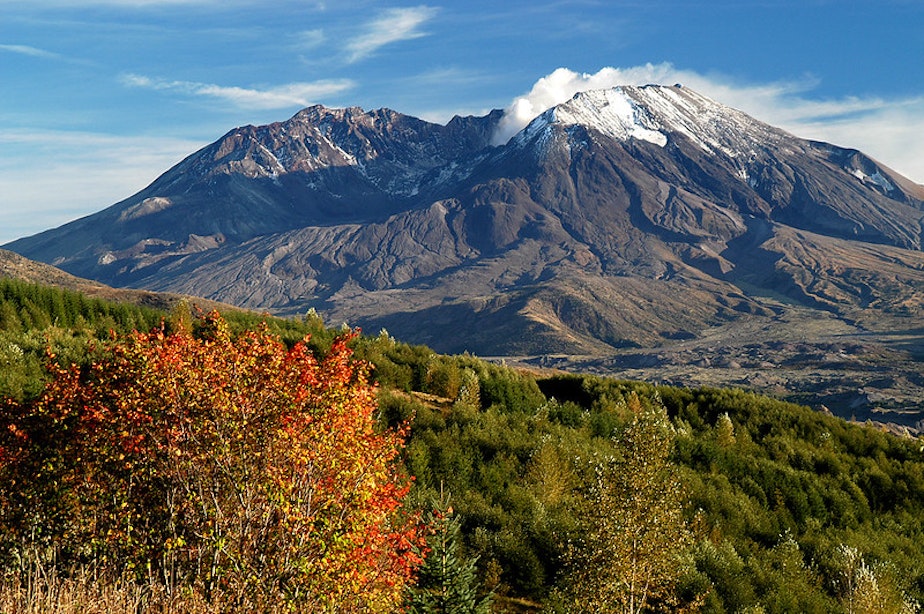The fraught political battle over national monuments

The National Park System oversees more than 400 sites across the United States. These sites range from national parks to national shorelines, historical sites, and recreation areas.
But the most fraught conflicts over our public lands often involve national monuments, which range from remote marine sanctuaries to millions of acres of red rock desert — all designated with a presidential signature.
The battles over how monuments are established, and the political nature of those decisions are at the center of a new book by McKenzie Long titled "This Contested Land: The Storied Past and Uncertain Future of America's National Monuments."
Throughout a series of essays exploring 13 recent national monuments in the American West, Long looks at the ways national monuments are shaped by national political pressure, in addition to local stakeholders and interest groups, and how monuments live up to their original purpose as intended in the Antiquities Act of 1906.
"The original intention was to take land that was open for bid for settlement, and ... make it off limits for settlement," Long said. "The places could be declared national monuments in order to protect them from lootings."
The law was designed to protect vulnerable sites from exploitation and desecration, such as those containing Indigenous artifacts, she added.
But over the years since the act's passage, presidents have taken more liberties in designating public land, making larger monuments that can come in conflict with the states that house them.
Sponsored
"For his very first monument, he designated Devil's Tower, which is more of an interesting example of geology rather than a cultural site," she said. "Presidents after him have also used that to designate places and protect different things such as habitat, or wildlife corridors, or biodiversity."
In Washington state, Long focuses on the Hanford Reach National Monument, a horseshoe shaped boundary of steppes and shrublands circling the Hanford Nuclear Site.
"It just is so fascinating to me how there's these nuclear reactors there that are responsible for so much pollution, and also responsible for creating a bomb that created so much destruction," Long said. "But at the same time, the land around the reactors then became a sanctuary for wildlife and habitat that otherwise probably would have been developed."
Listen to the full conversation by clicking the audio above.





